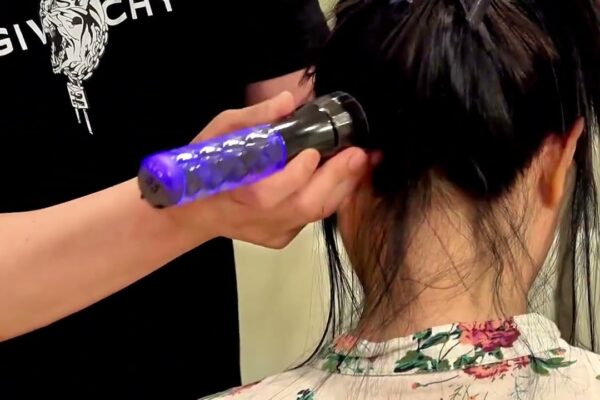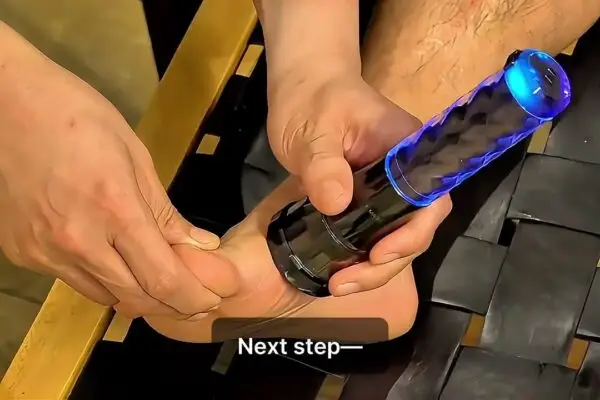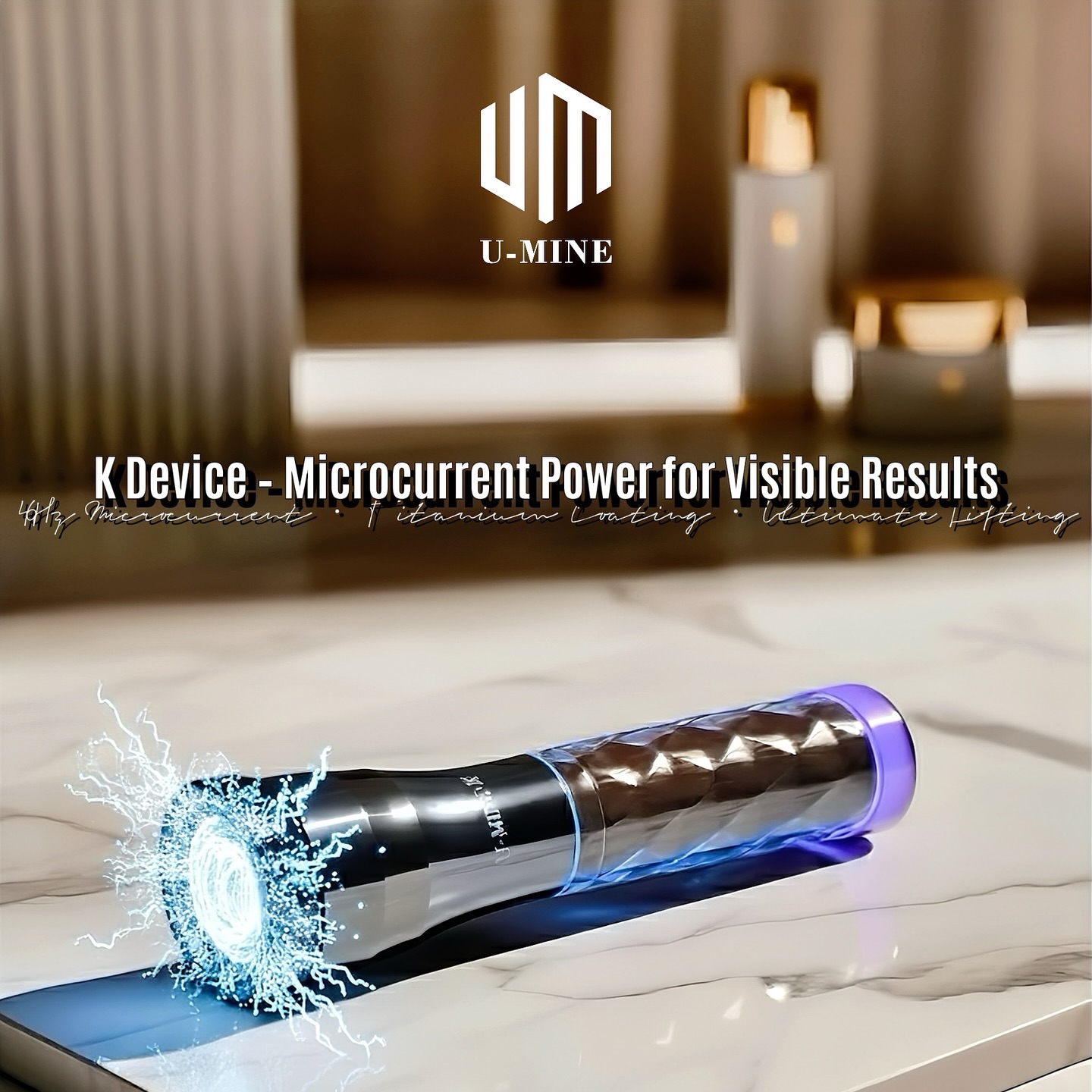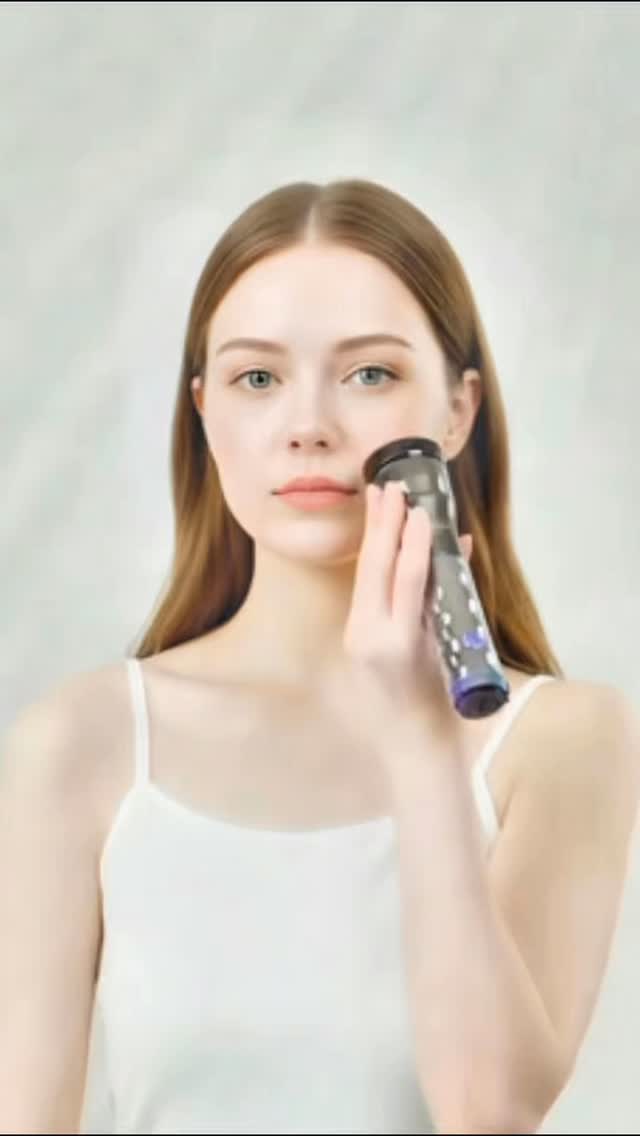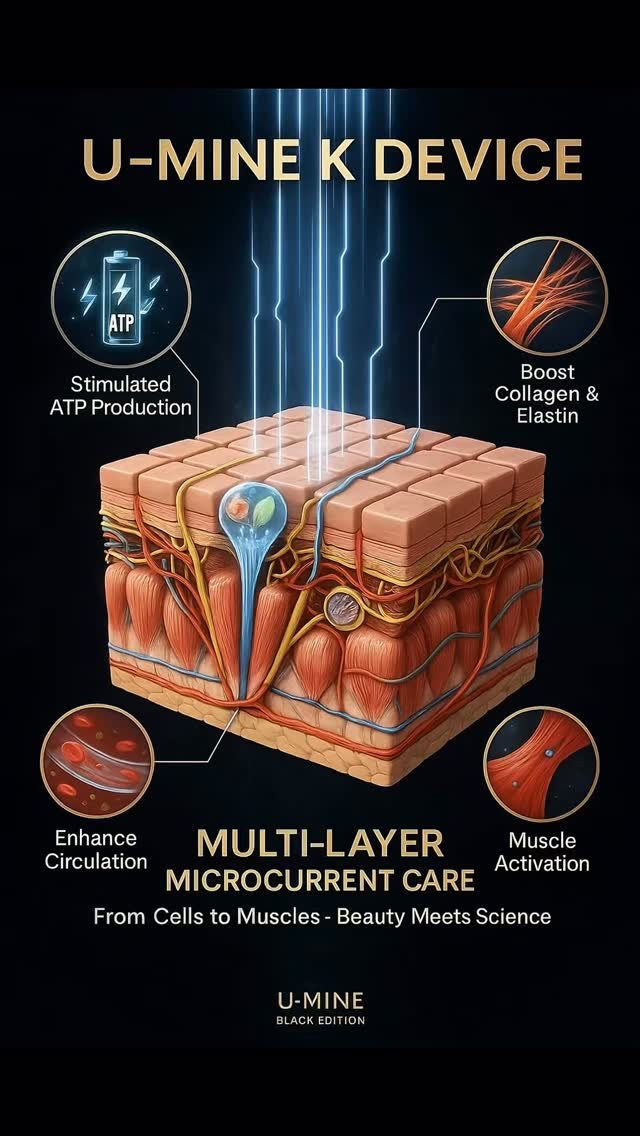This video focuses on managing and preventing lower body diseases, particularly those affecting the hip, knee, and ankle joints [00:05]. It highlights that while hip joint issues can be challenging to treat, knee and ankle joint deformities are more manageable [00:30].
The speaker explains that common knee problems include:
- Degenerative knee arthritis [00:49]
- Muscle weakening around the knee, leading to swelling in the ankles [00:55]
- Foot deformities like bunions and plantar fasciitis caused by leg misalignment [01:06]
A significant portion of the video emphasizes the importance of the calf muscles [01:28], often referred to as the “second heart.” These muscles are crucial for circulating blood back to the heart [01:37]. When calf muscles are inactive, it can lead to conditions like varicose veins and swelling [02:19]. Regular calf massage is recommended to improve immunity, potentially boosting it by 95% [02:45].
The speaker then introduces the “Bio Cream” as a versatile product for pain relief, beauty, lymphatic circulation, and weight loss [03:13]. The application of this cream is demonstrated, emphasizing applying just enough for absorption [03:35].
The video proceeds to demonstrate a knee management technique [04:13]. The key steps involve:
- Focusing on the muscle that supports the knee, as its weakness can lead to knee dislocation and uneven wear [04:17].
- Applying pressure from bottom to top, gently “walking” the device upwards [05:22].
- Reinforcing the knee ligaments [06:00].
- Massaging the popliteal fossa, the area behind the knee, which is considered a “waste storage” area [06:58].
Finally, the video covers ankle and foot management [08:52], emphasizing:
- Managing the bone above the ankle and areas prone to sprains [09:03].
- Releasing tension around the ankle bone [10:31].
- Massaging the calf muscles to strengthen the Achilles tendon [09:24, 11:31].
- Working on the Achilles tendon and the heel bone to correct foot deformities [11:47].
The demonstration visually contrasts the managed knee and ankle with the unmanaged ones, showing noticeable improvements [08:33, 12:30]. The techniques can be performed by oneself at home [09:07, 11:21].
